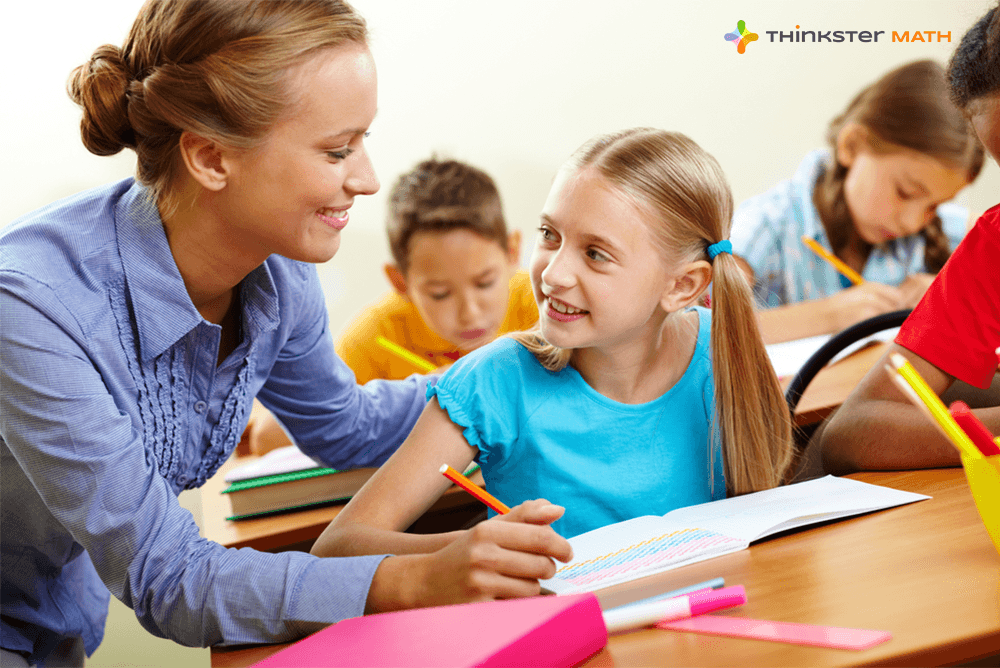

Last Updated on March 28, 2025
Students with ADHD may have trouble staying focused on their math in class and at home.
In 2022, a report from the CDC shared that Attention Deficit Hyperactivity Disorder (ADHD) was diagnosed in an estimated 11.4 percent of American children between the ages of 3-17. That is an estimated 7 million children!
Students with ADHD have more than the ordinary amount of trouble paying attention and controlling impulsive behavior.
In the classroom, these students may break rules more often, have difficulty understanding lessons, and take longer to complete assignments because of their attention drifting in and out.
Many students who have ADHD have above average IQs, but experience difficulty in the classroom that may lead to lower grades or other problems.
Here are 6 math help tips and teaching methods for teachers and parents to assist students with ADHD.
Giving one piece of directions at a time is helpful for kids with ADHD.
This helps students stay focused on one task at a time and helps maintain focus through the class period. This is a useful tip for students with and without ADHD. By breaking down directions, students are able more likely to successfully complete tasks and answer directions when devoting complete focus to one thing at a time.
Students with ADHD may not remember lengthy oral directions. Provide written directions that allow students to refer back to them when needed. Having directions accessible while completing an assignment ensures students stay on track.
Students can also check off or mark the paper directions when they complete a step in the task.
Students with ADHD may need to be redirected, since they may not have listened to directions carefully.
It is very frustrating for students to have to redo assignments! It can contribute to the common problem of taking hours each day to do homework.
Checking classwork and homework a few minutes after beginning a task provides the opportunity to redirect efforts – whether it be because the student misunderstood directions or needs a little more math help!
Learning patterns in math makes it easier to understand and remember concepts.
Mnemonics are memory devices, like “don’t miss Susie’s boat” to remember how to do long division (divide, multiply, subtract, bring down). Anything that seems to make math easier and faster helps kids with ADHD focus better.

Learning math on a tablet can make the process more engaging.
Real-life examples can make math concepts come alive for all students including those with ADHD.
Telling time and making change with money are examples of ways for younger students to understand basic concepts with real-life context.
For older kids, concepts of volume and surface area can be taught using liquid to fill containers or measuring the square footage of a lawn that needs to be mowed.
Charts and graphs are a great way to assist kids with ADHD to remember the steps needed for complex calculations.
Computers and smartboards also help students interact with the material in different ways. This can affect the transfer from short-term to long-term memory.
Thinkster Math’s unique learning system offers math help for kids with ADHD. Kids develop a strong understanding of concepts as problems are broken down step-by-step.
Kids also love the interactive nature of working on a computer or tablet! Sound effects, visuals, points, and rewards make learning math feel like playing a game.
Since Thinkster is done at home, students can take breaks when needed too. This is great for students with ADHD since they can pause and return to their work later on.
Daily help from a Thinkster Math tutor leads to big progress improvements as students learn and review math concepts. Get started with Thinkster Math for free today!



